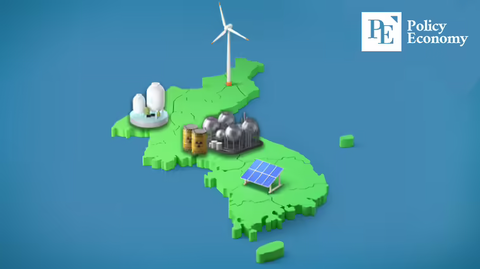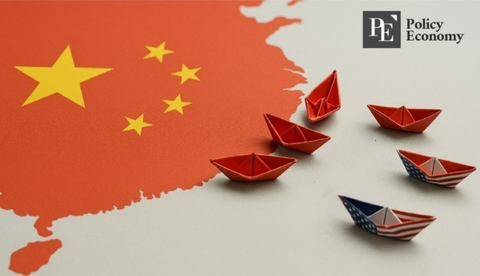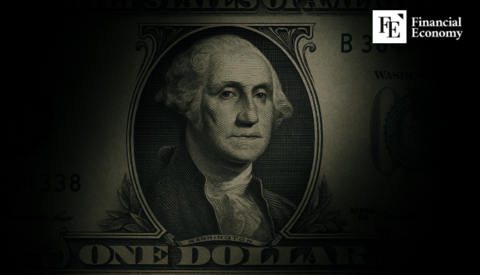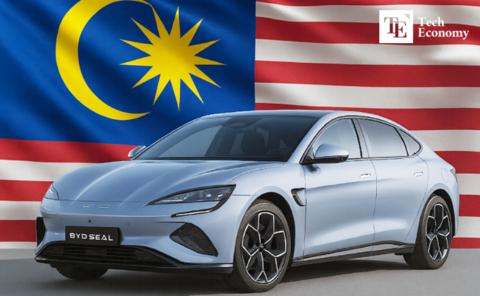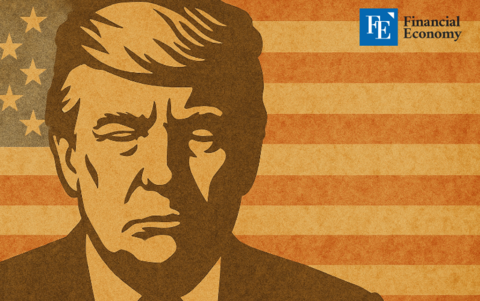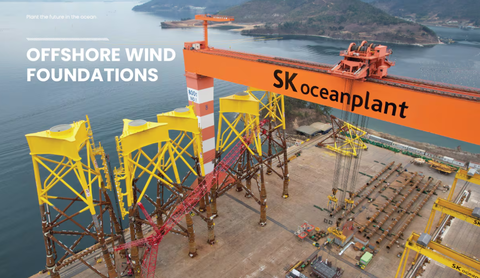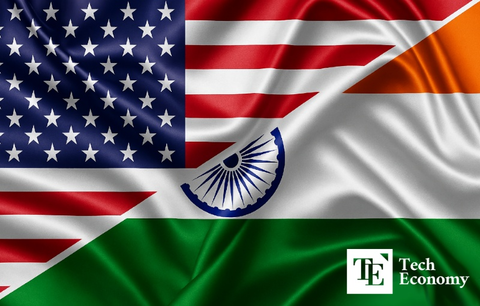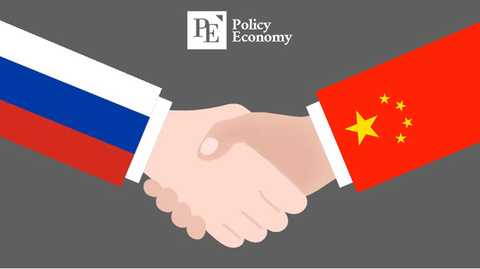Hyundai's $20 Billion Investment in the U.S.: A Strategic Shift or a Tariff-Driven Move?
Input
Changed
Hyundai's Bold Bet on the U.S. Market The Tariff Factor: Dodging Trump's Trade War Fallout A Long-Term Strategy for Global Expansion
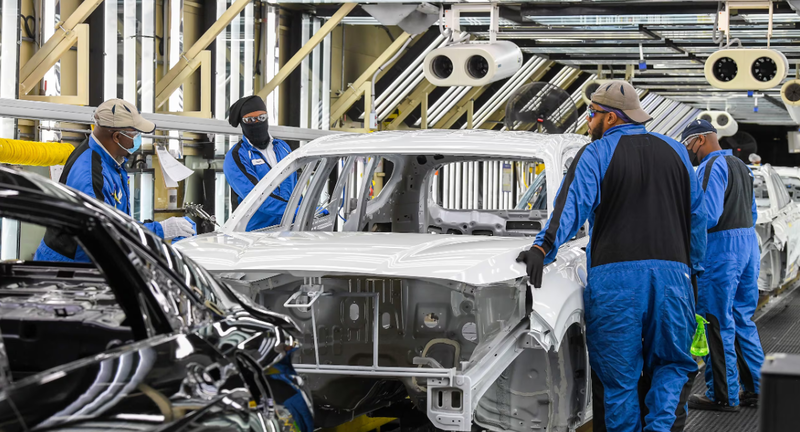
Hyundai's Bold Bet on the U.S. Market
In a move that has sent ripples across the automotive industry, Hyundai Motor Group recently announced a groundbreaking $20 billion investment in the United States. The news has been met with mixed reactions, from excitement about job creation and the economic boost for local communities to speculation about the underlying reasons behind this substantial commitment. Some view it as a strategic response to U.S. trade policies, particularly the fear of punitive tariffs under the Trump administration, while others see it as part of a broader shift in Hyundai's global manufacturing strategy. The real question, however, is whether this investment is purely a reaction to trade threats or a calculated step in the company’s long-term growth trajectory.
Hyundai's announcement of the $20 billion investment underscores the company’s commitment to increasing its presence in the U.S. market, which has been a vital hub for global automakers. The investment will span over several years, with a significant portion earmarked for the development of electric vehicle (EV) infrastructure, research and development (R&D), and manufacturing facilities in the U.S. In essence, Hyundai is betting heavily on the U.S. as the epicenter of its future growth in the EV sector.
Hyundai is not alone in this regard. Automakers across the globe are increasingly focusing their efforts on EV production to meet both consumer demand and the tightening environmental regulations, especially in major markets like the U.S. The Biden administration’s ambitious climate goals and its emphasis on green energy have spurred this wave of investment, but Hyundai's decision to go all-in on the U.S. market represents a deeper, more long-term strategic shift.
The decision was made in partnership with the South Korean government, which is supporting Hyundai’s efforts in order to further bolster the Korean economy through expanded trade relationships with the U.S. While Hyundai’s leaders have been vocal about their commitment to enhancing their electric vehicle lineup and meeting environmental goals, there are also underlying factors that suggest this move may be more about navigating geopolitical and trade-related hurdles than purely about green energy.
For years, South Korean companies like Hyundai have been grappling with the challenges posed by the country’s regulatory environment and economic climate. Although Hyundai remains a significant employer in Korea, the company has steadily been shifting its focus away from its home country. The economic downturn in South Korea, combined with burdensome regulations and a labor market that has become increasingly difficult to navigate, has pushed Hyundai and other companies to look beyond their borders for more favorable operating conditions.
For Hyundai, the move to the U.S. isn’t just about building EVs and tapping into the American market. It’s about moving production closer to a key customer base while reducing the costs and risks associated with operating in South Korea. Regulatory barriers, a tough labor union landscape, and macroeconomic pressures in Korea have led to a rethinking of Hyundai's global manufacturing strategy.
South Korea’s economic environment has been increasingly hostile to large multinational corporations. Regulatory restrictions on labor and capital investment have created friction, as have high labor costs and a shrinking workforce. This has made South Korea less attractive for large-scale industrial operations. At the same time, the South Korean government’s push to encourage domestic growth has had limited success in curbing these unfavorable economic trends.
By moving operations to the U.S., Hyundai is effectively bypassing these local challenges. U.S. factories are seen as an appealing option not only because of more favorable regulatory conditions but also because of incentives provided by the government to build manufacturing plants and create jobs. This allows Hyundai to reduce its reliance on South Korean operations while simultaneously benefiting from the U.S. government's green energy policies.
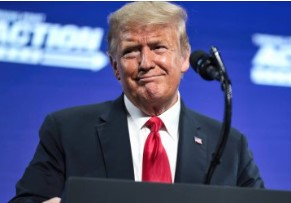
The Tariff Factor: Dodging Trump's Trade War Fallout
Many have speculated that Hyundai’s $20 billion investment is, in part, a direct response to the trade policies of former President Donald Trump. When Trump imposed tariffs on foreign-made vehicles, South Korean automakers like Hyundai were directly impacted. The tariffs created a huge financial burden on companies that relied heavily on exporting vehicles from their home countries to the U.S.
While Hyundai initially tried to absorb the costs of the tariffs, the long-term impact on profitability and competitiveness became unsustainable. With the threat of further tariffs looming under the Trump administration, Hyundai needed to find a way to continue operating in the U.S. without facing significant financial losses. The solution was clear: invest in U.S. manufacturing capacity and shift production to American soil, which would enable Hyundai to avoid the tariffs entirely.
The timing of this $20 billion investment aligns with the final years of Trump's presidency, which saw escalating trade tensions between the U.S. and numerous countries, including South Korea. This scenario presented a difficult decision for Hyundai: either maintain its operations in South Korea and face the financial burden of tariffs, or invest in U.S. production to mitigate the impact. Given the scale of the investment and the focus on U.S. manufacturing, it’s evident that Hyundai chose the latter path.
Some critics argue that this move is nothing more than a strategic play to dodge tariffs, using the current political climate as an excuse to invest in U.S. production facilities. While Hyundai has publicly stated its commitment to the future of EVs and the American market, the timing of the investment raises questions about the company’s true motivations.
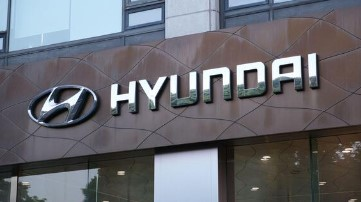
A Long-Term Strategy for Global Expansion
While the tariff issue undoubtedly played a role in Hyundai's decision to make such a large investment in the U.S., it would be short-sighted to view this as merely a reaction to trade barriers. The larger picture involves Hyundai's global ambitions in the electric vehicle sector and its efforts to solidify its position as a major player in the rapidly evolving automotive market.
Hyundai’s decision to invest in electric vehicle production is driven by long-term strategic goals. The company has been pouring resources into the development of EV technology and infrastructure for several years now. By investing in U.S.-based facilities, Hyundai gains access to cutting-edge technology, a skilled workforce, and proximity to a growing market of environmentally conscious consumers. Moreover, with U.S. government incentives for green energy, Hyundai stands to benefit from subsidies and grants that will help offset the costs of this significant investment.
In addition to its focus on EVs, Hyundai’s move to the U.S. is also about securing a strong foothold in the world’s second-largest automotive market. As American consumers increasingly demand electric and hybrid vehicles, Hyundai sees an opportunity to not only supply the local market but to position itself as a global leader in sustainable automotive technology. This long-term vision aligns with broader shifts within the global auto industry, where traditional internal combustion engines are gradually being replaced by electric powertrains.
Hyundai's $20 billion investment in the United States is a major development in the global automotive sector. Whether seen as a strategic response to trade policies or a calculated move to capitalize on the growing EV market, the investment speaks to Hyundai’s determination to stay competitive in a rapidly changing industry.
However, the move is not just about the U.S. market or evading tariffs. It is part of a broader strategy that reflects Hyundai’s shifting global manufacturing footprint and its efforts to adjust to the changing economic realities in both South Korea and the U.S. In the end, Hyundai is positioning itself not only to succeed in the U.S. but to thrive in a global market that is increasingly defined by electric vehicles, green energy, and the need for innovation.
As Hyundai continues to expand its footprint in the U.S., only time will tell whether this $20 billion bet will pay off. However, it is clear that Hyundai’s future will be shaped by the decisions made today, and its investment in the U.S. may be one of the most pivotal moves the company has ever made.

